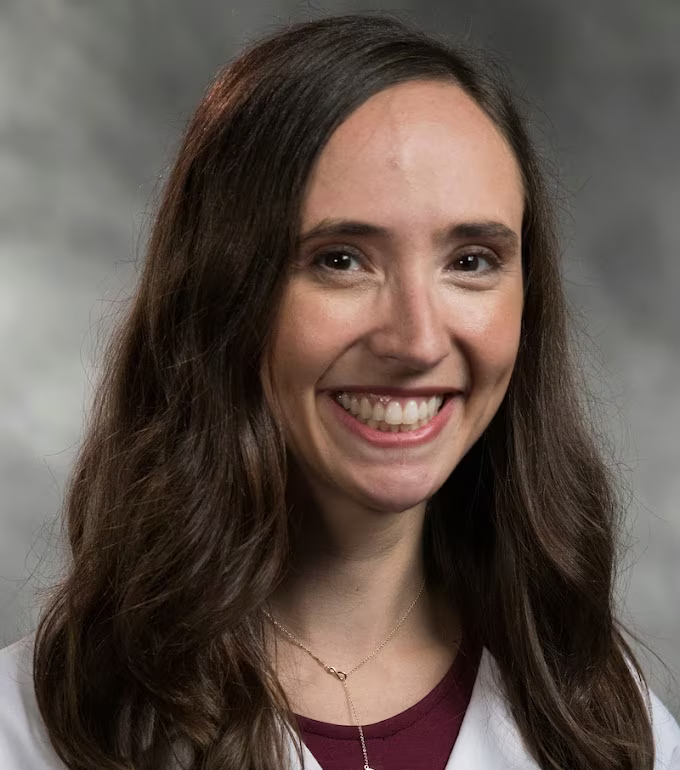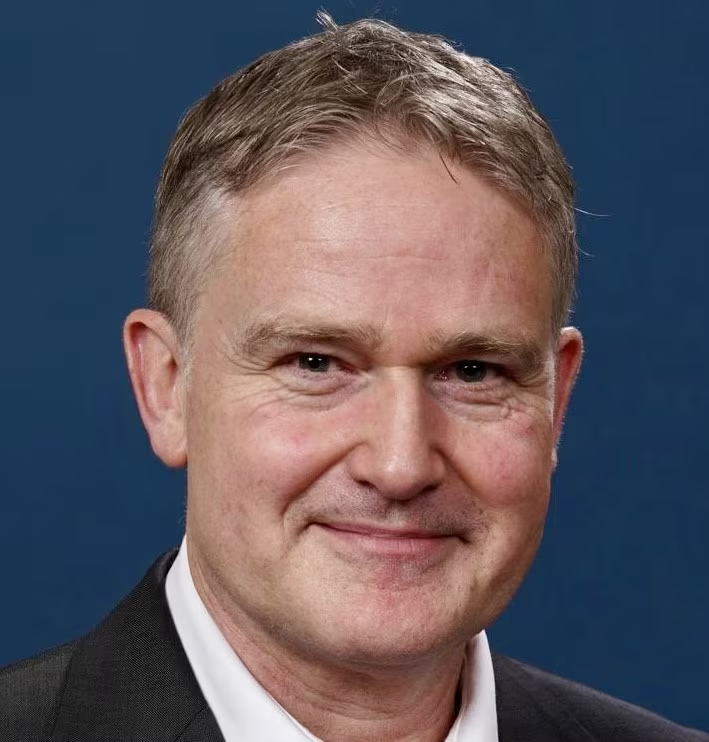Tutorial
These icons indicate there is something to be interacted with. Click it when you see it.
Tutorial
These icons indicate there is something to be interacted with. Click it when you see it.
Tutorial
These icons indicate there is something to be interacted with. Click it when you see it.
touchCONGRESS
 Our faculty interpret key data from the congress, complimented by an expert panel discussing what has been presented.
Close
Our faculty interpret key data from the congress, complimented by an expert panel discussing what has been presented.
Close
 Our faculty interpret key data from the congress, complimented by an expert panel discussing what has been presented.
Close
Our faculty interpret key data from the congress, complimented by an expert panel discussing what has been presented.
Close
Expanding horizons for patients with Pompe disease: Using data to guide clinical practice
Learning Objectives
After watching this activity, participants should be better able to:
- Discuss long-term clinical data and real-world outcomes for current treatments for Pompe disease
- Evaluate the outcomes associated with switching treatments for patients with Pompe disease and the potential impact on treatment practices
- Analyse the latest clinical data for current and emerging therapies for patients with Pompe disease and how these may impact clinical practice
Overview
In this activity, three leading experts in Pompe disease come together in this engaging touchCONGRESS to explore the clinical implications of the latest data presented at key congresses: the 29th World Muscle Society Congress 2024 and the 21st Annual WORLDSymposiumTM 2025.
This activity is jointly provided by USF Health and touchIME.
touchIME is an EBAC®accredited provider. read more
Target Audience
This activity has been designed to meet the educational needs of neurologists, neuromuscular specialists (including lysosomal disease specialists), clinical geneticists, genetic counsellors, cardiologists, pulmonologists, paediatricians and nurse practitioners involved in the management of Pompe disease.
Faculty
Dr Tahseen Mozaffar discloses: Grants/research support from Amicus, Sanofi and Spark Therapeutics (relationships terminated). Consultancy fees from Amicus, Astellas Gene Therapy, Sanofi, Maze Therapeutics (relationship terminated) and Regeneron.
Dr Jennifer L Cohen discloses: Advisory board/panel fees from Sanofi Genzyme (relationship terminated). Consultancy fees from Bayer Healthcare Pharmaceuticals (relationship terminated).
Prof. Benedikt Schoser discloses: Advisory board/panel fees from Alexion, Amicus, Astellas, Denali, Pepgen and Sanofi. Consultancy fees from Argenx, Avidity and Kedrion. Speaker’s bureau fees from Alexion, Astellas, Kedrion and Sanofi. Other financial or material support from Roche Diagnostics.
Content reviewer
Danielle Walker, DNP, APRN, AGNP-C has no financial interests/relationships or affiliations in relation to this activity.
Touch Medical Contributors
Christina Mackins-Crabtree has no financial interests/relationships or affiliations in relation to this activity.
USF Health Office of Continuing Professional Development and touchIME staff have no financial interests/relationships or affiliations in relation to this activity.
Requirements for Successful Completion
In order to receive credit for this activity, participants must review the content and complete the post-test and evaluation form. Statements of credit are awarded upon successful completion of the post-test and evaluation form.
If you have questions regarding credit please contact cpdsupport@usf.edu.
Accreditations
Physicians
This activity has been planned and implemented in accordance with the accreditation requirements and policies of the Accreditation Council for Continuing Medical Education (ACCME) through a joint providership of USF Health and touchIME. USF Health is accredited by the ACCME to provide continuing medical education for physicians.
USF Health designates this enduring material for a maximum of 1.25 AMA PRA Category 1 CreditTM. Physicians should claim only the credit commensurate with the extent of their participation in the activity.
Advanced Practice Providers
Physician Assistants may claim a maximum of 1.25 Category 1 credits for completing this activity. NCCPA accepts AMA PRA Category 1 CreditTM from organizations accredited by ACCME or a recognized state medical society.
The AANPCP accepts certificates of participation for educational activities approved for AMA PRA Category 1 CreditTM by ACCME-accredited providers. APRNs who participate will receive a certificate of completion commensurate with the extent of their participation.
Date of original release: 20 March 2025. Date credits expire: 20 March 2026.
If you have any questions regarding credit please contact cpdsupport@usf.edu.
EBAC® Accreditation
touchIME is an EBAC® accredited provider since 2023.
This programme is accredited by the European Board for Accreditation of Continuing Education for Health Professionals (EBAC®) for 1 hour 19 minutes of effective education time.
EBAC® holds an agreement on mutual recognition of substantive equivalency with the US Accreditation Council for CME (ACCME) and the Royal College of Physicians and Surgeons of Canada, respectively.
Through an agreement between the European Board for Accreditation of Continuing Education for Health Professionals (EBAC®) and the American Medical Association, physicians may convert EBAC® External CME credits to AMA PRA Category 1 Credits™. Information on the process to convert EBAC® credit to AMA credit can be found on the AMA website. Other health care professionals may obtain from the AMA a certificate of having participated in an activity eligible for conversion of credit to AMA PRA Category 1 Credit™.
EBAC® is a member of the International Academy for CPD Accreditation (IACPDA) and a partner member of the International Association of Medical Regulatory Authorities (IAMRA).
Faculty Disclosure Statement / Conflict of Interest Policy
In compliance with EBAC® guidelines, all speakers/chairpersons participating in this programme have disclosed or indicated potential conflicts of interest which might cause a bias in the presentations. The Organizing Committee/Course Director is responsible for ensuring that all potential conflicts of interest relevant to the event have been mitigated and declared to the audience prior to the CME activities.
Requirements for Successful Completion
Certificates of Completion may be awarded upon successful completion of the post-test and evaluation form. If you have completed one hour or more of effective education through EBAC® accredited CE activities, please contact us at accreditation@touchime.org to receive your EBAC® CE credit certificate. EBAC® grants 1 CE credit for every hour of education completed.
Date of original release: 20 March 2025. Date credits expire: 20 March 2027.
Time to Complete: 1 hour 19 minutes
If you have any questions regarding the EBAC® credits, please contact accreditation@touchime.org
Course Modules
You may also be interested in...

REGISTER NOW FOR FREE ACCESS TO
- 1000+ topical and insightful peer-reviewed journal articles
- 100+ hours of bite-sized congress highlights
- 9 major therapy areas packed with the latest scientific advances
- 150+ specialties offering learn-on-the-go medical education
- + Concise email updates and newsletters so you never miss out

Log into your Touch Account
Earn and track your CME credits on the go, save articles for later, and follow the latest congress coverage.
Sign up with an Email
Or use a .
This Functionality is for
Members Only
Explore the latest in medical education and stay current in your field. Create a free account to track your learning.




















